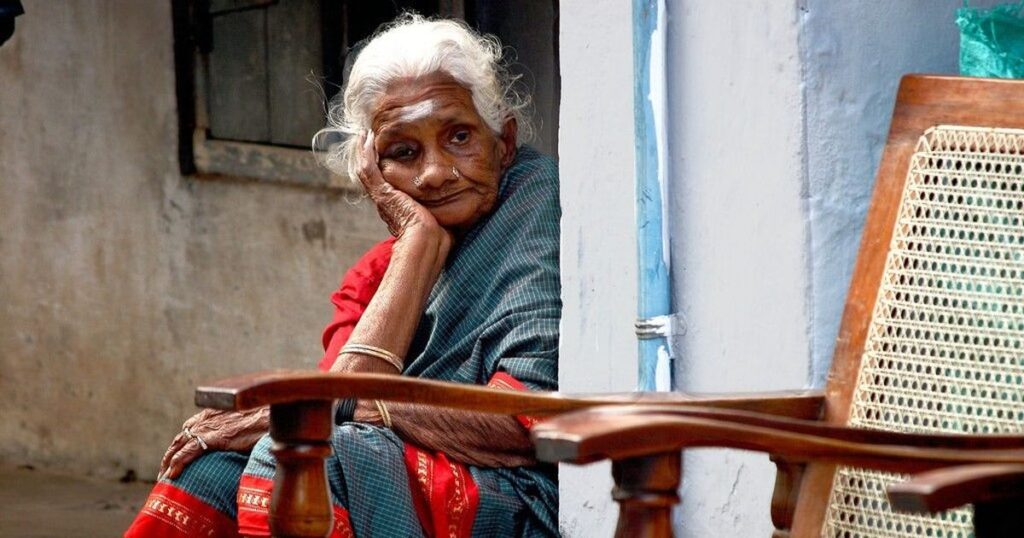India’s Demographic Evolution: Charting a Silver Future Amidst Age, Gender, and Challenges

India is on the cusp of a profound demographic transformation, one that promises to redefine the contours of its society. The United Nations Population Fund (UNFPA) has unveiled its 2023 India Ageing Report, shedding light on a compelling narrative of change. With India’s elderly population expected to surge by an estimated 41%, a striking revelation emerges – by 2046, the number of elderly citizens may surpass that of children under 15.
However, behind this demographic shift lies a shadow of concern. The report grimly notes that over 40% of India’s elderly population resides within the poorest wealth quintile, and a disconcerting 18.7% of them live without any income. This prevailing poverty threatens to cast a somber pall over their quality of life and access to healthcare.
The report projects a remarkable trend in the emergence of the “Very Old Women.” Anticipating a staggering 279% growth rate in India’s 80-and-above age group between 2022 and 2050, it foresees a demographic characterized predominantly by widowed and highly dependent elderly women, mirroring global patterns.
Gender dynamics in life expectancy come to the forefront. On average, women exhibit longer life expectancies at ages 60 and 80 compared to their male counterparts. These disparities, however, exhibit variations among Indian states and union territories.
Regional nuances become apparent. States like Himachal Pradesh and Kerala showcase a significant fouryear life expectancy advantage for women at 60 when compared to men. In contrast, other regions depict narrower gender gaps.
Central India presents a fascinating case study, where women over 60 have outperformed men in survival over a decade, resulting in a significant shift in sex ratios .
Unveiling a poignant aspect, the report underscores the gendered nature of poverty among older adults. This rings especially true for widowed women, who often find themselves reliant on family support due to a lack of income and assets.
Recognizing the feminization and “ruralization” of the elderly population, the report emphatically calls for tailored policies to address their specific needs.
As the report navigates through India’s diverse states, it reveals substantial variations in the elderly population’s absolute levels and growth, mirroring the nation’s diverse stages of demographic transition.
Southern and select northern states showcase higher shares of the elderly population, a trend poised to widen by 2036. Meanwhile, states with higher fertility rates and slower demographic transitions, such as Bihar and Uttar Pradesh, anticipate an increase in the elderly population share, although it will remain lower than the national average.
The report also delves into the aging index and old-age dependency ratios, highlighting the unique challenges faced by different regions of India.
In conclusion, the India Ageing Report unveils a complex tapestry of demographic shifts, gender dynamics, and regional variations. It offers invaluable insights into the future challenges and opportunities of an aging India, igniting discussions on the path forward in this evolving landscape.
